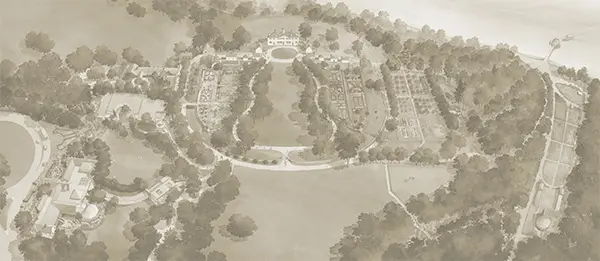Don’t let the name fool you, as stinking hellebore’s evergreen foliage and clusters of drooping, bell-shaped, greenish-white flowers emerging from pale green bracts are a much-needed spot of color in the winter woodland garden. Established plants will readily self-seed to form colonies if flowers are allowed to dry on the plant. All parts of the stinking hellebore- leaves, stems, and roots, are poisonous.
Latin Name
Hellebore foetidus
Family
Ranunculaceae
Also Known As
Bearfoot setter wort dungwort
Type of Plant
Bloom Season
January - March
Seasons
Specifications
Uses
Sunlight Exposure
Tolerances
Toxicity
Colors
Native Range
Europe
History
On a list dated from 1793, Lady Jean Skipwith of Prestwould Plantation in Clarksville records growing stinking hellebore, or setter wort, in her gardens.
Planted at Mount Vernon


Hardiness Zones











Average annual extreme minimum temperature 1976-2005










Bartlett Tree Expert Company has been working with Mount Vernon Estate since 2011 providing expert arboricultural care and GPS mapping for the estate’s historic trees, as well as support from their research facility. Mount Vernon is proud to partner with Bartlett Tree Experts and appreciates their sponsorship of George Washington’s Mount Vernon Plant Finder App.
Bring Washington's Garden Home
Purchase our historic seeds, collected from plants grown at Mount Vernon and plant them in your own garden.
Shop Now


